June 26, 2023 – Milnthorpe, UK
Our grandmother Eleanor Fallows was born and raised in the shadow of a Peel Tower.
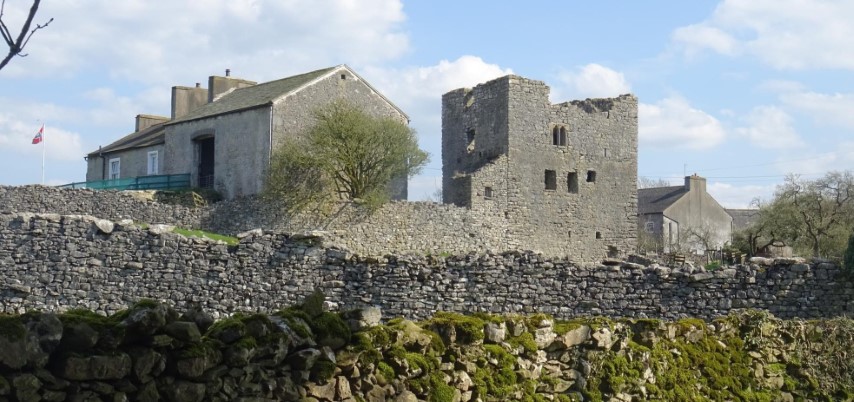
“Hazelslack Tower Farm, near Arnside” is how Grandma Fallows’ birthplace is described in The Wells Family History Book.
Bear and I wandered around Hazelslack Tower Farm today.
The “slack” in Hazelslack means “flatlands”. The terrain around the farm isn’t precisely “flat”, (says he of Saskatchewan origins), but it is magnificent. Lush pastures are bordered by ancient rock fences, with holly and ivy adornments. Cattle graze in contented flocks. The dairy end of the farm has an essence only cows in close proximity are capable of. Hazelslack exudes a wondrously warm “farm” feeling so many of us grew up with.
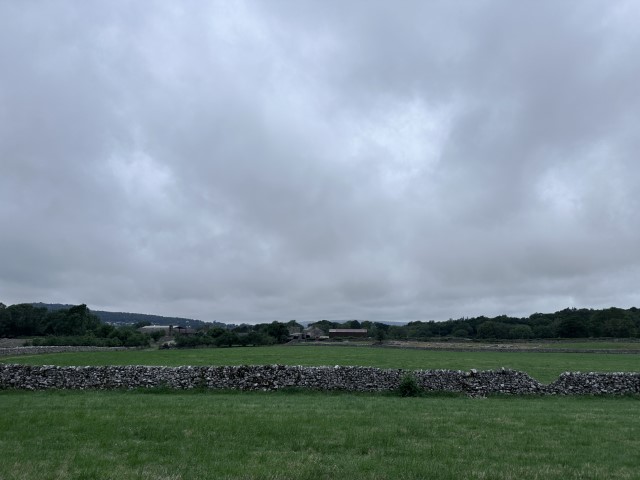
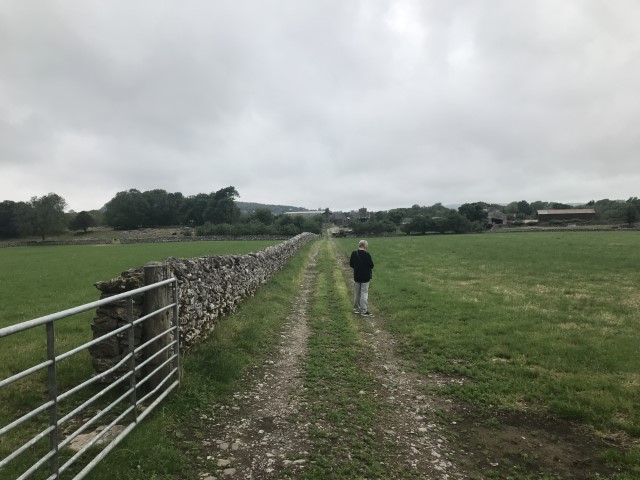
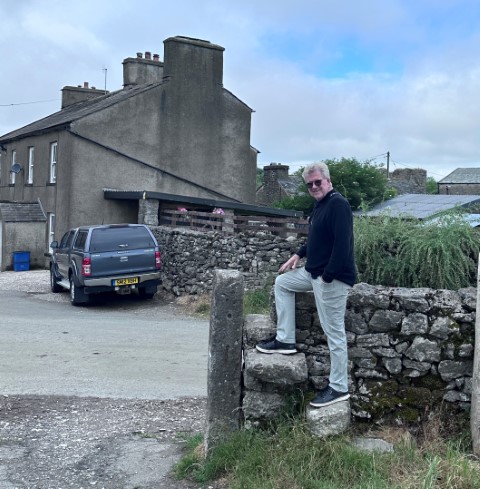
Every opening in the fence has a style, where hikers can cross without opening a gate.
The grey buildings and farm structures don’t appear to have changed much since Grandma lived here. Hazelslack Tower Farm retains the complex utility of a working dairy farm.
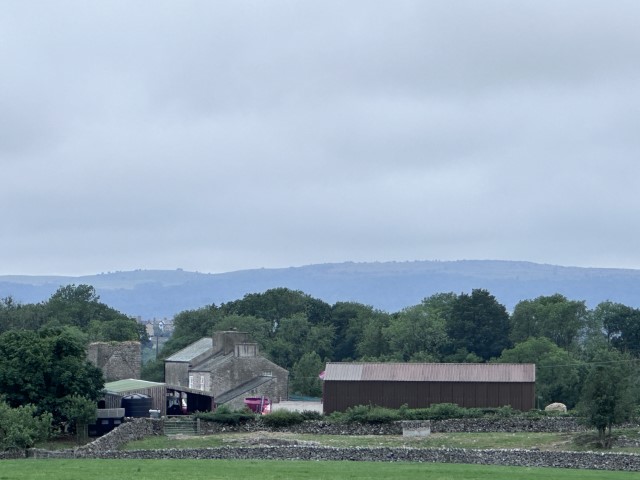
We felt Grandma’s presence here as Bear and I wandered around Hazelslack Tower Farm this morning. Our feet trod in the very footsteps young Eleanor left more than a century ago. We imagined her climbing the fence styles, wandering the green fields, and playing with lambs and kittens in the yard.
The ancient house where Eleanor once lived is still standing, next to an even more ancient tower.
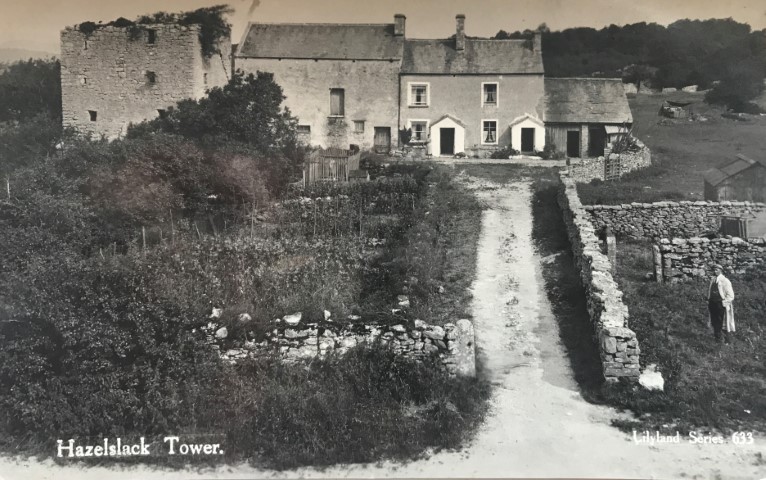
Postcard from the 1920s, with this handwritten caption on the reverse.
“This is our Cottage near the tower. All is well at this end. Elsie & Joe (Fallows). Love to All.”
I didn’t know Grandma Eleanor well, but I have a vague recollection of her home being …
… a warm and welcoming place.
In mediaeval times Hazelslack, and all of Cumbria, would have been the antithesis of a “warm and welcoming place”.
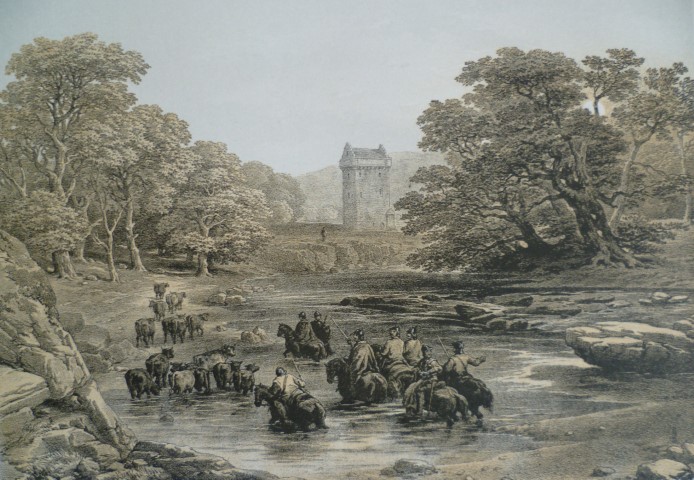
Cumbria was a sparsely populated, lawless territory. The border between Scotland and England ran through the area, but nobody respected the boundary or cared much where it was. People living in the rugged wilderness identified as family clans, with no connection to kings, north or south of the border.
Our ancestors lived here, subsisting by raising sheep and cattle, and growing crops in the rocky Cumbrian soil. The Wells and Fallows families resided and worked in family groups, relying on the resourcefulness of individuals, safety in numbers, and the collective skills of the clan, to prosper in a harsh land.
In those ancient times, loyalty to clan was fundamental to survival. Our ancestors united for protection against raiders, who plundered farms and villages in the border region. These Border Reivers as they were called, were horse-mounted gangs aligned along clan lines, residing on either side of the Scotland/England border. Border Reivers would make forays into neighbouring territory where they would rape, pillage and plunder from any clan they considered an enemy.
To protect themselves from raiders, border people built defensive towers throughout the region. These Peel (or Pele) Towers were erected at strategic locations, as watchtowers and as bastions, where citizens could withdraw to protect their livestock and do battle against Border Reivers.
Hazelslack Tower is a Peel Tower fortification constructed in the 1430s.
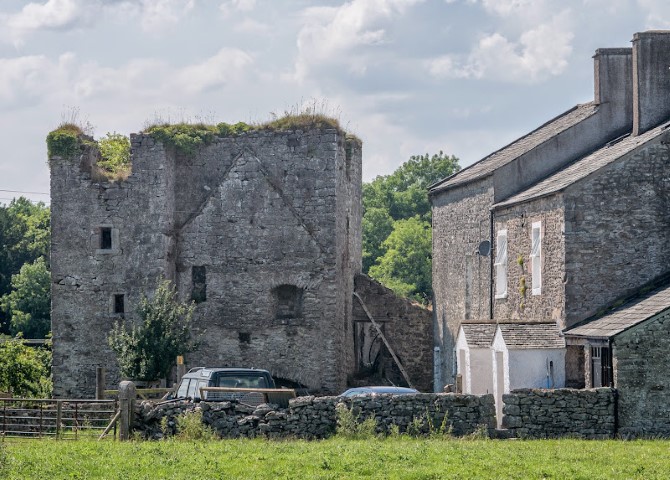
You have to wonder, would young Eleanor have felt a sense of protection, living so close to Hazelslack Tower fortress? Was she told stories of her ancestors doing battle to protect the family’s land and livelihood from raiders? Would she have gazed at the tower and imagined her forefathers fighting to the death to protect the clan and their possessions? We will never know.
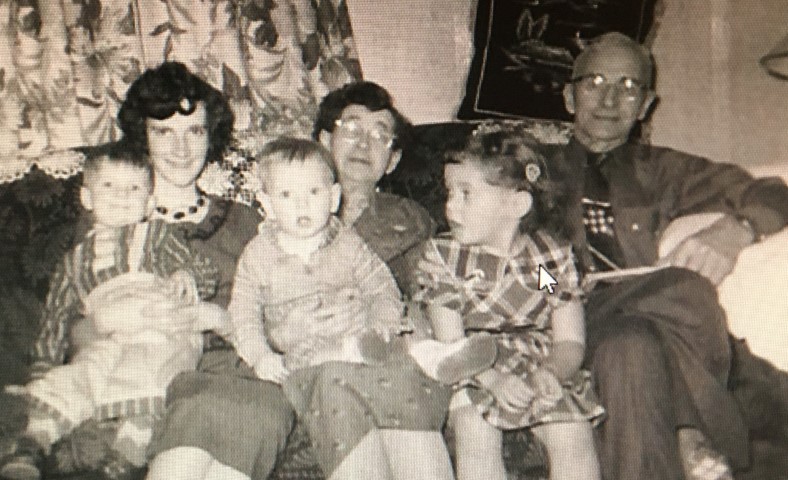


Patricia Arbique
And you are still so darn cute!!!!!!!
Russ Paton
And you still need your eyes checked, but thanks!